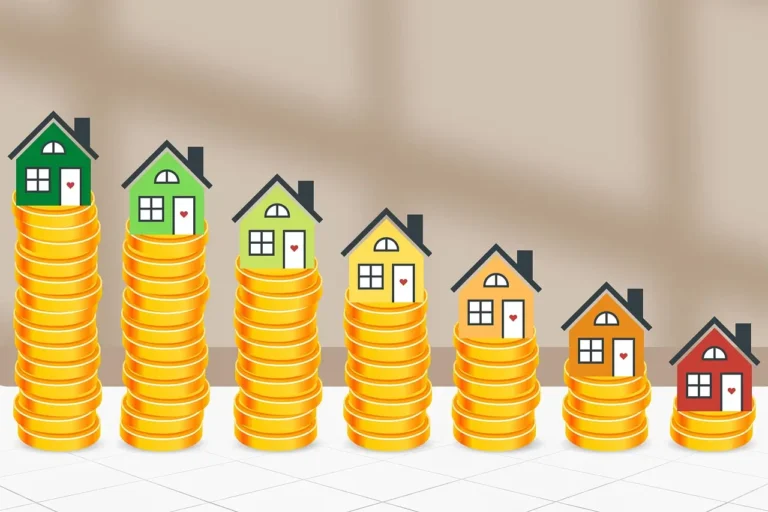Table of Contents
Rewards credit cards are becoming a common way to get more out of your everyday spending. Rewards cards offer rewards in the form of cash back, points, or travel miles based on how frequently you use the card. From buying groceries and gas to vacationing, rewards cards can turn purchases into worthwhile rewards. But how do they actually work? This guide will simplify it all for you, so you can determine if a rewards card is right for you.
What Are Rewards Credit Cards?
Rewards credit cards are not just payment plastic but they’re a way of earning back on your buys. Every time you insert your card, tap it, or swipe it, you’re unlocking doors to rewards like cash back, points, airline miles, and more. These are cards for everyday use, so you buy things that are even more rewarding. So how are rewards structured? Let’s get down to the details.
Definition and Overview
A rewards credit card, basically, is a product that compensates you for utilizing it by giving you something back in the form of rewards in return for your spending. You might get money back for buying groceries, points for dining out, or miles for booking travel reservations. The rewards typically accrue over time and can be used to buy statement credits, flights, gift cards, and more.
The basic idea is simple: spend, earn, and redeem. But the benefits don’t stop there. Many rewards cards offer additional perks such as no foreign transaction fees, extended warranties, and access to exclusive events. Their value is especially highlighted when you’re making purchases you’d already make on a debit card—but earning something in return.
Learn more about credit cards and how they work.
How Rewards Are Funded
Ever wonder how credit card companies are able to offer rewards? It has everything to do with two big sources: interchange fees and interest payments.
Interchange Fees: Every time you use a rewards credit card to make a purchase, the merchant is levied a small fee (generally 1-3% of the cost) to the credit card company. It is a huge source of income for credit card companies, and some of it subsidizes your rewards.
Interest Charges: If you carry a balance on your card and don’t pay it in full, you’re likely paying interest. While this is something to be avoided (interest charges can negate the value of rewards), the interest payment earnings are another way issuers fund these programs.
Because of this type of business, rewards cards tend to be most lucrative for people who pay off their balance every month and are not charged interest. Paying late or holding a balance will likely cost more than the rewards are worth.
Common Types of Rewards Programs
Reward programs tend to fall under three broad categories: cash back, travel rewards, and point-based schemes. Here’s an overview of each:
- Cash Back: This is simple enough to grasp and get a percentage of your money back on qualifying purchases. There are cards that give cash back flat rates on all purchases, and others that pay more for select categories like groceries, gas, or dining out.
- Travel Rewards (Miles): Travel cards earn you miles or points that can usually be redeemed for free flights, hotel stays, or other travel-related expenses. These rewards cater to those who love jet-setting while maximizing their spending.
- Point-Based Systems: Point rewards cards can be highly flexible. You earn points that can be used for a wide variety of options, from gift cards to experiences. Certain cards also allow customers to transfer points to loyalty programs with airline or hotel partners, increasing their value.
Still on the fence about which one’s right for you? Think about your spending habits. Do you prefer simpler rewards like cash back, or are you strategic and love digging into travel redemptions? Either way, there’s likely a program designed to suit your lifestyle.
How Do Rewards Credit Cards Work?
Rewards credit cards provide an easy way of turning your everyday purchases into rewarding cash back, points, and miles. Understanding their dynamics starts with the knowledge of how rewards are acquired and redeemed, how the welcome offers function, and what the potential costs such as fees and interest charges might be.
Earning Rewards
The key to getting the most out of a rewards credit card is knowing how you can earn points, cash back, or miles with your spending habits. Different cards reward spending in various ways:
- Spending Categories: Some credit cards offer elevated rewards for specific types of purchases, such as groceries, dining, gas, or travel. For instance, earning 3% back on dining at restaurants could add up quickly if you frequently eat out.
- Flat-Rate Rewards: A flat-rate card gives you the same rewards rate on every purchase. For example, earning 1.5% cash back on everything simplifies tracking. These are ideal if your spending is spread across many categories.
- Tiered Rewards: You’ll earn bonus rewards in some categories and a base rate elsewhere with a tiered program. A sample is a card may pay 5% on grocery purchases, 3% on transportation, and 1% on all other purchases.
Choosing the most rewarding credit card involves aligning its earning categories with your biggest spending categories
Redeeming Rewards
Once you’ve accrued rewards, it’s time to spend them! The process of redeeming rewards differs from card to card, but the following are the most common methods:
- Cash and Statement Credits: This is the simplest choice for most. You can either cash in your cash rewards directly or use them to reduce your balance.
- Travel Bookings: Travel rewards credit cards allow you to exchange miles or points for complimentary flights, hotel stays, or even car rentals. This is ideal for those who travel a lot.
- Gift Cards and Merchandise: Some programs allow you to exchange rewards for gift cards from merchants or real merchandise
- Charitable Donations: Increasingly, issuers allow you to donate your rewards to select charities.
Knowing the value of your rewards is important. Certain cards provide more redemption value for specific categories (e.g., more value for travel redemptions than cash).
Introductory Bonuses and Offers
One of the biggest draws of rewards cards is their sign-up bonuses. The conditions typically require you to spend a certain amount of money within a couple of months. As an illustration, a card can offer 50,000 bonus points if you spend $4,000 during the first 3 months. That’s a big jump—for context, it might be enough for a round-trip domestic flight if utilized wisely.
In addition to sign-up rewards, rewards cards often come with unique promotional offers like double rewards rates on first-year purchases. These promotions can get your earnings off to a great start but be sure to read the terms to avoid overspending to qualify.
Fees and Interest Rates
Though rewards credit cards will save you money, the interest rates and fees will erase their advantage if not well planned:
- Annual Fees: Some rewards cards have an annual fee ($95 to $550 or more). The more advanced and high-end cards are certain to come with more expensive fees. Balance whether the benefits’ and rewards’ worth is greater than this cost.
- Interest Rates: Be sure to pay your balance in full each billing period. Paying a balance means you’re charged high interest rates (often over 20%), which can quickly erode the value of your rewards.
- Foreign Transaction Fees: If you’ll be traveling internationally, pay attention to foreign transaction fees—usually around 3%. Many travel rewards cards do not charge them.
Conclusion
Rewards credit cards are a great means to maximize your daily purchases with cash back, points, or travel miles. The card you pick is based on your daily expenses, whether you prefer simple cash rewards or enjoy maximizing travel rewards. But to benefit from the rewards, you need to pay for purchases in full to avoid interest charges and ensure rewards cover any fees. By understanding how the reward is earned, redeemed, and funded, you can make smart choices and get the most out of your credit card rewards.








